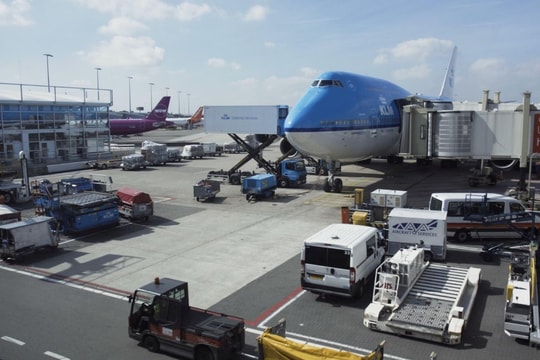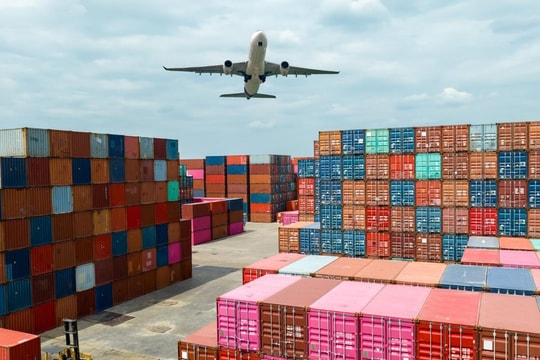
Speed as a Competitive Edge
In modern e-commerce, delivery time has become a decisive factor in customer experience. A 2023 study by PwC shows that over 40% of online shoppers would abandon their cart if the estimated delivery time is too long. Meanwhile, a survey by Meta and Bain & Company in Southeast Asia revealed that 64% of customers are willing to switch platforms if delivery service is slow or inflexible.
To meet these increasingly demanding expectations, logistics companies have accelerated investments in “micro-fulfillment centers,” particularly in large urban areas. These centers help shorten delivery time to just a few hours, even under 30 minutes with services like GrabExpress or ShopeeFood Express.
Additionally, delivery platforms are offering time-slot delivery options, allowing customers to choose the most convenient time to increase proactiveness and satisfaction. Models such as “same-day delivery” or “instant delivery” create operational pressure but are a “plus” in the eyes of modern consumers.
The Ongoing Cost Puzzle
High competition and fast delivery demand have forced companies to invest heavily in technology, warehousing, and operational teams. However, this leads to a reality: logistics costs are rising faster than e-commerce revenue in many emerging markets.
In Vietnam, according to the Vietnam Logistics Business Association (VLA), logistics costs account for about 16–20% of GDP—higher than the global average (around 10–12%). Notably, last-mile delivery can represent up to 50% of total logistics costs. This is why many logistics tech startups in Vietnam like Loship, AhaMove, and GHTK are shifting to “batch delivery” models, leveraging AI to optimize routes and reduce distance and delivery time.
Moreover, some businesses are experimenting with “flexible pricing models,” allowing consumers to choose between a fast delivery package (with a higher fee) and a slower, low-cost option. This model helps balance the budget while transparently sharing cost burdens with consumers.
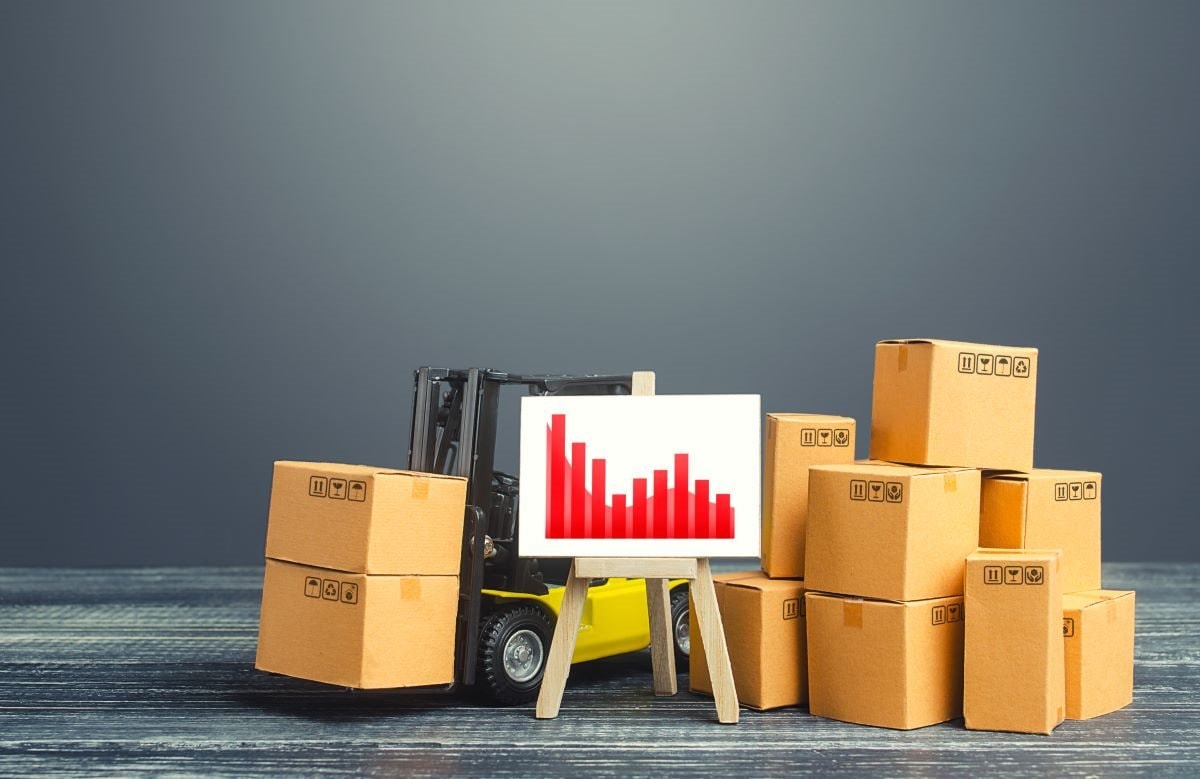
Technology and the Green Trend
According to DHL’s “Future of Logistics” report, 89% of business leaders believe that digitizing the entire supply chain is essential within the next five years. Especially, blockchain technology is being widely applied to enhance delivery process transparency, prevent fraud, and improve processing times.
AI and machine learning also play a key role in demand forecasting and customer data analysis. These technologies allow businesses to personalize services and optimize warehousing, reducing excessive inventory—a major factor in increasing storage costs.
In the sustainability trend, major corporations like Maersk, UPS, and FedEx have committed to achieving “zero carbon” by 2050, investing billions of dollars in electric vehicles, solar energy, and carbon offset solutions. In Southeast Asia, Shopee and Lazada have started piloting electric motorbike deliveries, while in Vietnam, the startup E-Delivery provides delivery services via electric bikes and mobile charging stations in Ho Chi Minh City.
Government policy also plays a vital role. The Prime Minister of Vietnam has approved a national logistics development strategy through 2030, emphasizing digital transformation and the promotion of green logistics.
In the race to modernize logistics, technology not only accelerates operations but is also key to ‘greening’ the supply chain—where data, clean energy, and sustainable models simultaneously become the new competitive standard.

In the digital era, logistics is not merely about transporting goods—it is a race for customer experience, efficiency, and a sustainable future.
Flexibility and operational optimization are crucial for logistics businesses to survive and thrive. One cannot simply chase speed and forget about cost-efficiency, nor cut costs to the point of compromising customer experience.
A comprehensive strategy requires investment in technology, human resource development, strong data integration, and the adoption of sustainable logistics models. Businesses that know how to leverage data for demand forecasting, personalize services through technology, and align with the green trend will lead the e-commerce logistics race.


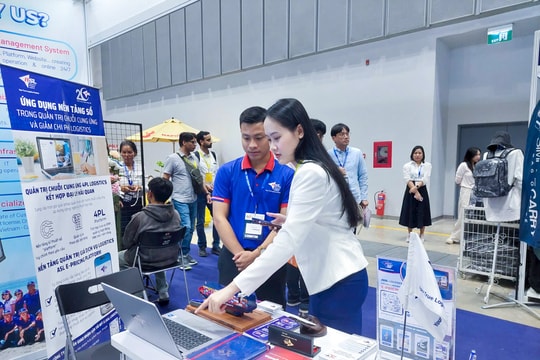


.jpg)


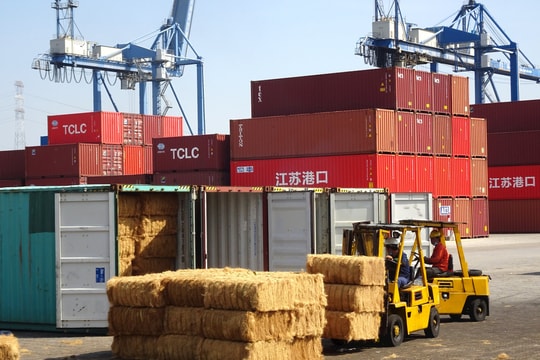
.jpg)
.jpg)
.jpg)
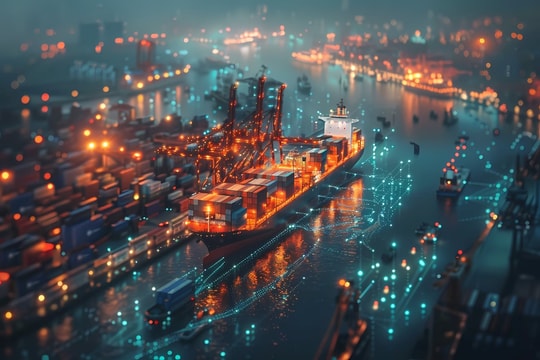


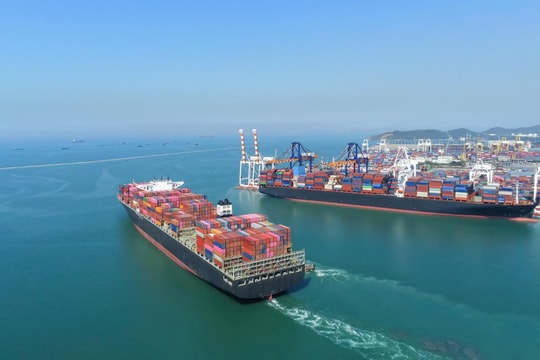

.png)
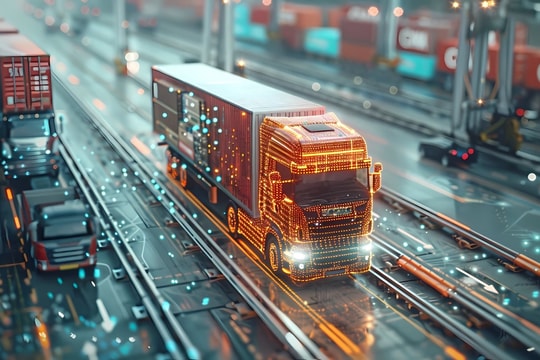

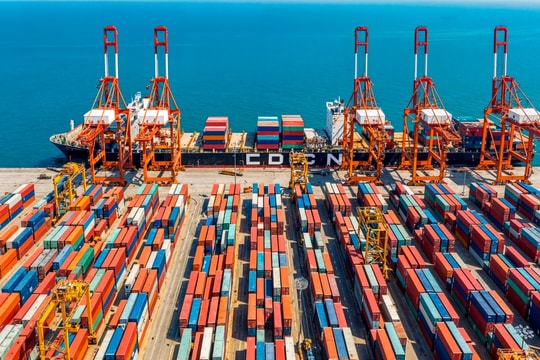

.png)
